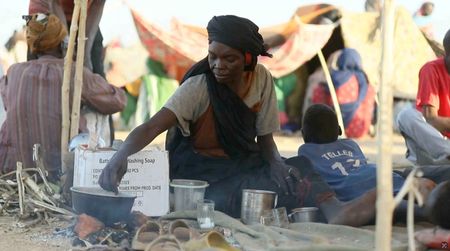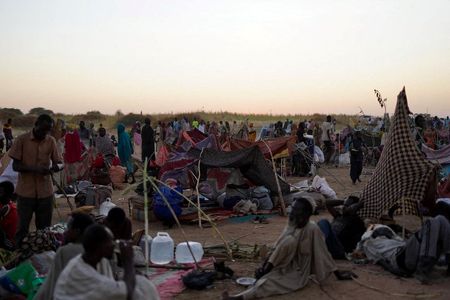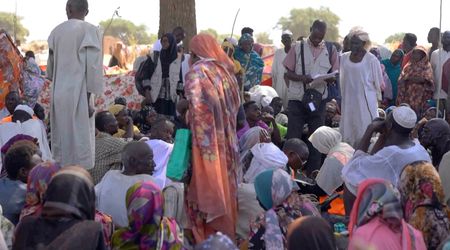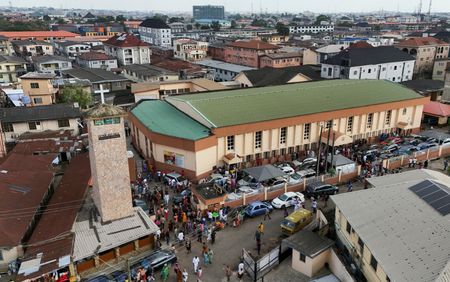By Nafisa Eltahir
(Reuters) -A global hunger monitor on Monday confirmed famine conditions in al-Fashir, the Sudanese city taken by the paramilitary Rapid Support Forces (RSF) after a lengthy siege, as well as Kadugli, another besieged city in Sudan’s south.
The finding is the first time the U.N.-backed Integrated Food Security Phase Classification (IPC) has determined that the cities are in famine, though in December it had confirmed famine in camps for displaced people in al-Fashir, capital of North Darfur.
A war that began two-and-a-half years ago between the RSF and the Sudanese army has caused severe hunger and malnutrition to spread across Sudan, as well as displacing millions of people and triggering waves of ethnically charged violence in Darfur.
The IPC is the internationally recognised standard for measuring the severity of hunger crises, and its findings have provoked criticism from Sudan’s government, which is backed by the army.
FOOD SUPPLIES CUT OFF DURING SIEGE
The IPC’s first determination of famine during the conflict was for the Zamzam displacement camp south of al-Fashir in August 2024.
Al-Fashir was subject to RSF assaults and besieged for about 18 months before it fell late last month, deepening a geographical split in Sudan. During the siege, residents said food supplies were cut off, forcing people to eat animal feed and sometimes animal hides. Places where people gathered for community kitchen meals were targeted by drone attacks, they told Reuters.
As a result, all children arriving in the nearby town of Tawila after fleeing al-Fashir were malnourished, MSF project coordinator Sylvain Pennicaud told Reuters on Monday, while adults arrived emaciated.
International Criminal Court prosecutors said on Monday they were collecting evidence of alleged mass killings and rapes after al-Fashir’s fall. The head of the Red Cross said history was repeating itself in Darfur.
Monday’s IPC report, based on analysis for September 2025, said Tawila, as well as Mellit and Tawisha, two other destinations for people fleeing al-Fashir, were at risk of famine.
The IPC said the overall number of Sudanese facing acute food insecurity declined by 6% to 21.2 million people – or 45% of the total population – due to gradual stabilisation and improved access in central Sudan, where the Sudanese army took control at the start of the year.
However, the situation deteriorated in the Darfur and Kordofan regions as fighting concentrated there, depriving people of livelihoods, increasing prices, and driving displacement, IPC said.
Global aid cuts and bureaucratic impediments hobbling the ability of the United Nations and other aid agencies to provide food and other services have increased the humanitarian challenge in Sudan.
KORDOFAN ANOTHER FOCAL POINT OF WAR
Kadugli, capital of South Kordofan state, has been under siege by the RSF-allied SPLM-N armed group, though hunger has been spreading there since the start of the war.
The wider Kordofan region has increasingly become a focus of the war as it lies between RSF-dominated Darfur and the rest of the country, where the army holds sway. The IPC said the nearby city al-Dalanj could also be in famine, but a lack of data prevented a determination.
On Monday, a Red Crescent official said three volunteers in a city in North Kordofan state that was taken over by the RSF, who were shown being beaten in a video clip, were later killed.
The RSF has denied responsibility for alleged summary executions.
(Reporting by Nafisa Eltahir; Editing by Aidan Lewis)










